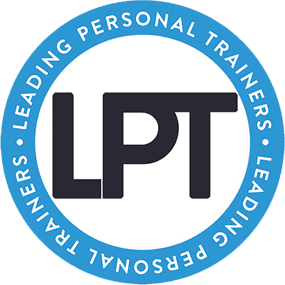Building Bones, Not Just Muscles
Most people know by now that exercise is beneficial for many aspects of health, it’s not just about looking better naked. One particularly noteworthy example is its positive effects on bone mineral density (BMD). The prevalence of osteoporosis, a condition in which bones have become significantly weaker and more liable to fracture is increasing. It is estimated in the UK that 9% of women and 1% of men suffer from osteoporosis (Wade et al., 2014). Some risk factors unfortunately we can’t change, such as age, gender and ethnicity (Becker et al., 2006). With the elderly, females and Caucasians being at greater risk of osteoporosis than others. However, there is good news, exercise can build stronger more resilient bones amongst other modifiable factors including but not limited to moderation of alcohol intake, not smoking and maintaining a BMI of above 18.5 (Hannan et al., 2000).
The natural course of bone development leads to attainment of peak bone density in young adulthood with estimates varying from 18 to your early 30’s (Baxter-Jones et al., 2011), with girls reaching it earlier than boys. For our younger readers, the exercise and other weight-bearing activities you perform e.g. whether it be 1RM deadlifts or simply walking, are already helping you achieve a higher peak BMD than if you didn’t. However, for those who are already well into their 30’s or beyond, exercise is still very valuable. As bone loss occurs from here on out and for those who are not engaged in sufficient physical activity, it is incremental at first but speeds up in later life especially after menopause for women due to the significant reduction of bone-protective oestrogen. Exercise can significantly slow this loss and even increase it (but not above the peak you managed to attain in your 20’s to early 30’s).
So are some forms of exercise more effective than others in strengthening your bones? Indeed they are; resistance exercise, weight-bearing activities (e.g. running, walking or handstands if you will) and activities with repetitive impacts (also running and walking, but examples could also include hitting pads in a boxing class). All of these have been shown to increase BMD. You may be wondering which forms of exercise are as such not included under this umbrella, the answer is exercise with minimal weight-bearing, low impact and relatively low resistance exercise such as cycling, rowing and swimming. Although these are great exercises for many other facets of health and fitness and should not be neglected due to this, they are not great bone builders by themselves. (Suominen, 1993). It is also worth noting that these benefits to bone are site specific. Just as you wouldn’t expect your bicep curls to lead to significantly stronger legs. The same applies to building bones. However, remember just like squats may primarily aid in building your legs, they also tax your core musculature. So in respect to squats and bones, you’ll likely be stimulating the bones of your legs and vertebral column amongst others.
All in all another win for exercise as one of the best preventative medicines we have at our disposal.
If you are seeking to improve or maintian your health, a Personal Trainer may be the perfect solution. Find a Personal Trainer on this platform for free. Simply search for a profile near you and contact the PT direct to begin your fitness journey.
References
Baxter‐Jones, A.D., Faulkner, R.A., Forwood, M.R., Mirwald, R.L. and Bailey, D.A., 2011. Bone mineral accrual from 8 to 30 years of age: an estimation of peak bone mass. Journal of Bone and Mineral Research, 26(8), pp.1729-1739.
Becker, C., Crow, S., Toman, J., Lipton, C., McMahon, D.J., Macaulay, W. and Siris, E., 2006. Characteristics of elderly patients admitted to an urban tertiary care hospital with osteoporotic fractures: correlations with risk factors, fracture type, gender and ethnicity. Osteoporosis International, 17(3), pp.410-416.
Hannan, M.T., Felson, D.T., Dawson‐Hughes, B., Tucker, K.L., Cupples, L.A., Wilson, P.W. and Kiel, D.P., 2000. Risk factors for longitudinal bone loss in elderly men and women: the Framingham Osteoporosis Study. Journal of Bone and Mineral Research, 15(4), pp.710-720.
Suominen, H., 1993. Bone mineral density and long term exercise. Sports Medicine, 16(5), pp.316-330.
Wade, S.W., Strader, C., Fitzpatrick, L.A., Anthony, M.S. and O’Malley, C.D., 2014. Estimating prevalence of osteoporosis: examples from industrialized countries. Archives of osteoporosis, 9(1), p.182.
Pic source: Owen Beard at Unsplash
